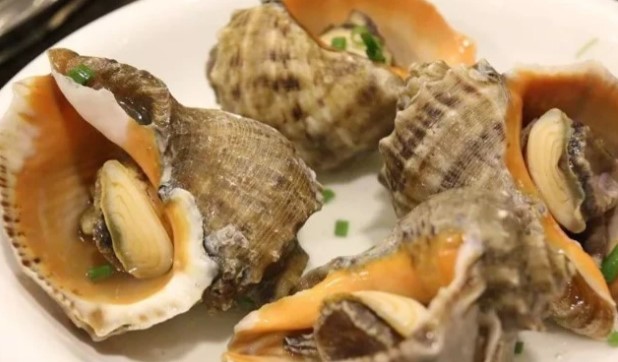The perception that eel heads are poisonous is a myth. Modern science has proven that cooking at high temperatures is sufficient to kill any bacteria or parasites, rendering this dish safe to consume. However, the main reason for avoiding this dish is that eel heads consist mostly of bones, with little to no meat, offering neither a tasty nor a nutritious experience.

Illustrative image.
Moving on to snails, while they are generally considered a delicacy, there is much debate about whether the tail end is safe to eat. Some claim that it is fatty and delicious, while others avoid it altogether. So, what’s the truth about this controversial part of the snail?
In reality, the snail’s tail contains its internal organs, including the intestines, sand, and waste matter. Consuming these can lead to increased cholesterol levels and potential stomach issues. Therefore, it is advisable to refrain from eating snail tails, despite their tempting flavor, as they may pose hidden health risks.
Snails, though beloved by many, should be consumed in moderation due to their relatively high purine content. Excessive purine intake can lead to gout, a condition that is increasingly affecting younger individuals, partly due to their penchant for snail dishes and seafood in general. For the sake of your health, it’s important to exercise caution when choosing your meals.
Tips for preparing eels to eliminate odor and slime:
– Use lemon juice or rice water:
To clean eels effectively and neutralize their odor, rub them with lemon juice or rice water. This process will remove the slime while preserving the distinctive flavor of the eel. Continue rubbing until no more slime is visible.
– Rub eels with salt:
Place the eels in a plastic bag, add a small amount of salt, seal the bag tightly, and then shake vigorously. Rub and massage the salt onto the eel’s body for about 2 minutes to draw out the slime. Afterward, rinse the eels again with warm water and pat them dry.
– Use hot water:
Hot water is another quick and effective method to clean eels and neutralize their odor. Immerse the eels in hot water, and they will naturally wriggle and expel the slime from their bodies. Once the slime is gone, gut the eels, discard the internal organs, and rinse them with salted water to ensure thorough cleaning.
– Freeze the eels:
After purchasing eels, place them in a plastic bag and freeze them for about 2 hours. Then, remove the eels from the freezer, soak them in water, and use a dishcloth to gently wipe away the slime from their bodies. This trick will ensure a clean and odorless eel, so be sure to keep it in mind!
Alternatively, if you don’t have access to a freezer, soak the eels in liquor with an alcohol content of 30–45 degrees. Once the eels become silent, remove them from the liquor, and they will be ready for cooking.
According to Nguoiduatin
































